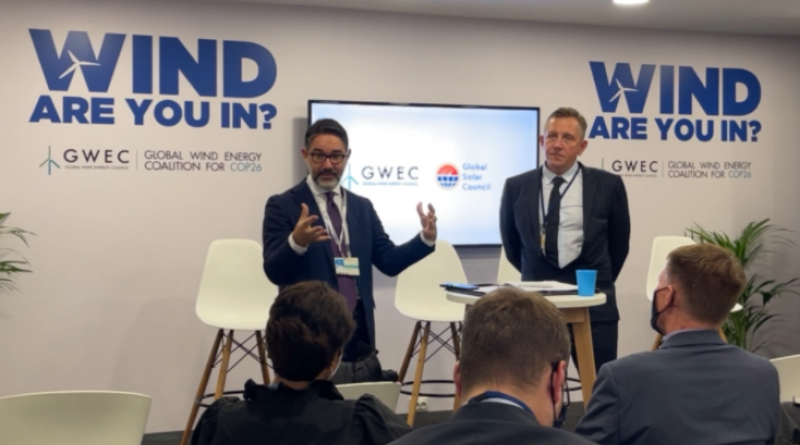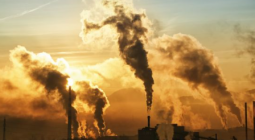Global Wind and Solar industries unite to highlight need for accelerated growth rates to meet NET ZERO targets

In this Decade of Action, the Wind and Solar industries call on Governments to work with them to accelerate the deployment of renewables across the globe.
A new renewable energy alliance between the wind energy and solar PV industries is calling on governments to implement energy transition action plans and cut red tape to meet Net Zero targets. A joint study by the Global Solar Council and the Global Wind Energy Council found that by 2030 there will be a 29% shortfall in the projected wind and solar capacity required to keep the world on course to limit global warming to 1.5˚C and sustain a pathway to carbon neutrality by 2050. The two organisations, which represent private sector companies and associations across the wind and solar PV industries worldwide, today established the Global Renewable Energy Alliance to step up cooperation, knowledge exchange and joint advocacy. Together, wind and solar energy set to make up 70% of electricity generation by 2050, in the net zero roadmaps published by the IEA and IRENA earlier this year. At COP26, the global wind and solar industries are calling on governments to work with them to accelerate the deployment of these key technologies and:
- Raise ambition for wind and solar power at national level through updated NDC targets and national climate strategies, which reflect higher capacity targets for renewable energy and ban new coal build/investment.
- Implement effective policy and regulatory frameworks for procurement and delivery of renewable energy, including sensible and streamlined permitting schemes to lower project attrition rates, prioritised renewables-based generation and environmentally sound development.
- Commit to rapid build-out of clean energy infrastructure including grids and transmission, through pooled expertise and increased dialogue among system operators, regulators and utilities to address system bottlenecks and the forward-planning required to integrate large-scale renewable energy.
While there is a global focus on 2050, the 29% shortfall by 2030 sends a clear signal to policymakers that they are not moving fast enough to tackle climate change. Governments around the world need to realise this is the decade to make fundamental change. The Global Wind Energy Council and the Global Solar Council have signed a Memorandum of Understanding to form the Global Renewable Energy Alliance. The Climate emergency necessitates a common position and platform through which these two clean energy pillars can collectively accelerate the energy transition. Ben Backwell, GWEC CEO, said: “We are in a climate emergency, and we need to be taking action now. The renewables sector is united around one goal: ending that emergency while we still time to act. The Global Wind Energy Council is delighted to join forces with the Global Solar Council to help achieve this target. “The gap to required renewables capacity is a stark reminder of the urgency of the situation we all face. A 29% deficit means missing NDC and long-term net zero targets, which means failing to successfully deal with the climate emergency. All countries and international organisations need to start making changes now to phase out coal, design new energy markets, modernize grids and overhaul finance flows to grow the renewables sector.” Gianni Chianetta, Global Solar Council CEO, said: “Many eyes are focused on net zero by 2050 but we need to close the gap on our decarbonization pathway to 2030 if we want to keep the 1.5C target in sight, and 2030 is literally just around the corner. For governments looking to show they are acting now to raise their climate ambition and accelerate their NDCs, solar PV and wind are go-to technologies that are economically competitive and reliable today. “Partnering with the Global Wind Energy Council represents an important step for the Global Solar Council because we can combine our efforts in leading a rapid and just transition to clean, sustainable energy.”
2 November 2021
pv magazine




